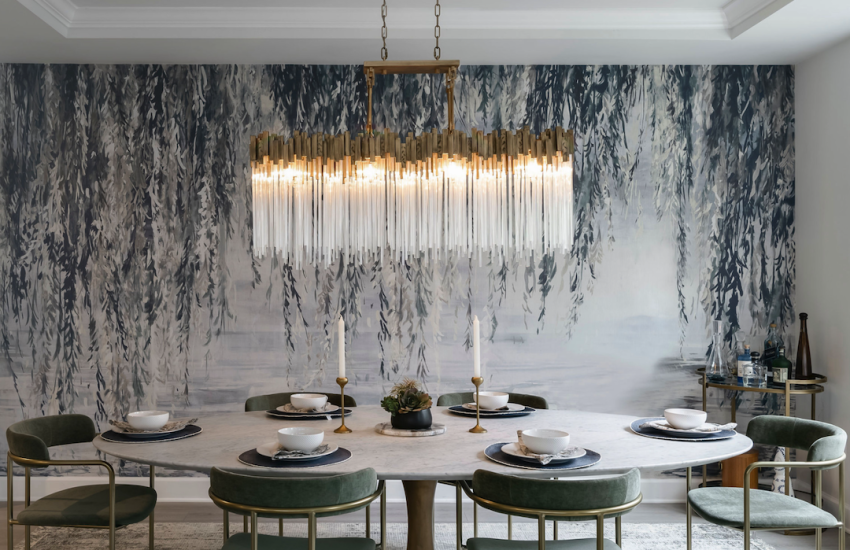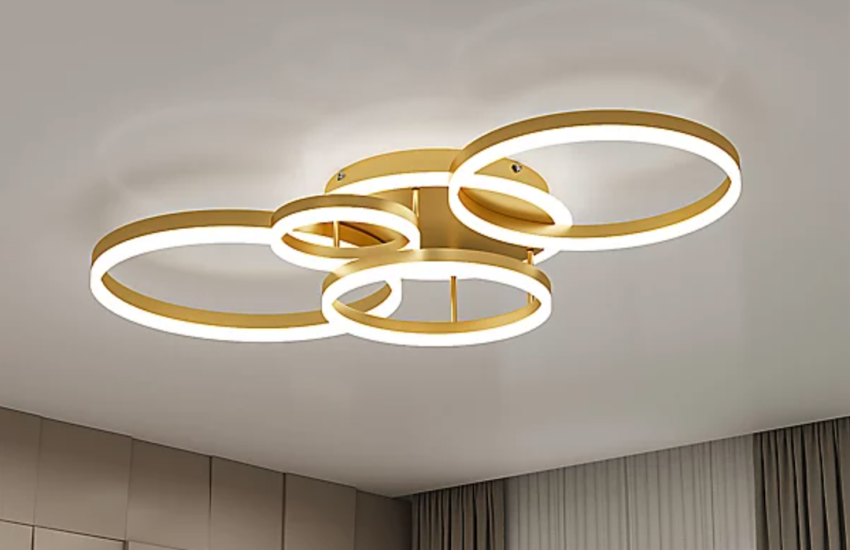
The Role of Ceiling Lighting in Interior Design
Ceiling lighting is an essential part of interior design for any home. It helps set the ambiance, and serves as both functional and aesthetic lighting for your living spaces. As such, it’s important to carefully consider your lighting choices, particularly the type of ceiling light fixtures you choose.
Lighting Types and Their Impact on Your Living Spaces
There are three primary types of ceiling lighting: ambient, task, and accent lighting. Each type of lighting serves a different purpose, and it’s essential to select the right combination to achieve the desired results.
Ambient Lighting: Creates a uniform light level throughout a room. This helps set the mood of the space, providing a sense of comfort and relaxation. Common sources of ambient lighting are ceiling-mounted or recessed fixtures, chandeliers, and pendant lights.
Task Lighting: Is concentrated lighting that illuminates a specific area or task, such as reading or cooking. Task lighting should be bright and focused, which makes it ideal for areas such as countertops or workstations. Common sources of task lighting are under-cabinet lighting, pendant lights, and track lighting.
Accent Lighting: Is used to highlight a particular object or feature in a space, such as artwork or architectural elements. It can also help create a sense of depth or drama within a space. Common sources of accent lighting are wall sconces, track lighting, and spotlights.
The Benefits of Upgrading Your Ceiling Lighting
There are many benefits to upgrading your ceiling lighting, including improved comfort, safety, and energy efficiency.
Enhanced Comfort: A well-lit space feels more inviting and comfortable. Bright, uniform lighting can help reduce eyestrain and make it easier to perform tasks such as reading or cooking.
Improved Safety: Proper lighting can help prevent accidents and injuries. It’s particularly important in areas such as stairways, hallways, and bathrooms. Enhanced lighting in these areas can help prevent slips, trips, and falls.
Energy Efficiency: Upgraded ceiling lighting can also help reduce energy consumption and save money on utility bills. You can achieve this by using LED bulbs or low-voltage halogen bulbs, which use less energy and last longer than traditional incandescent bulbs.
Choosing the Right Ceiling Lighting for Your Home
Choosing the right ceiling lighting for your home can be a daunting task. However, there are several factors to consider that can guide your decision-making process.
Room Functionality: Consider the main purpose of the room and the type of lighting required. For instance, a living room typically requires ambient and accent lighting, while a kitchen needs task lighting.
Room Size: The size of the room can also influence the type of lighting needed. A larger space may require more light fixtures or brighter bulbs to ensure optimum illumination.
Ceiling Height: The height of your ceiling plays a crucial role in the selection of your ceiling light fixtures. For instance, high ceilings may require pendant or chandelier lighting to provide sufficient illumination, while lower ceilings may benefit from recessed or track lighting.

